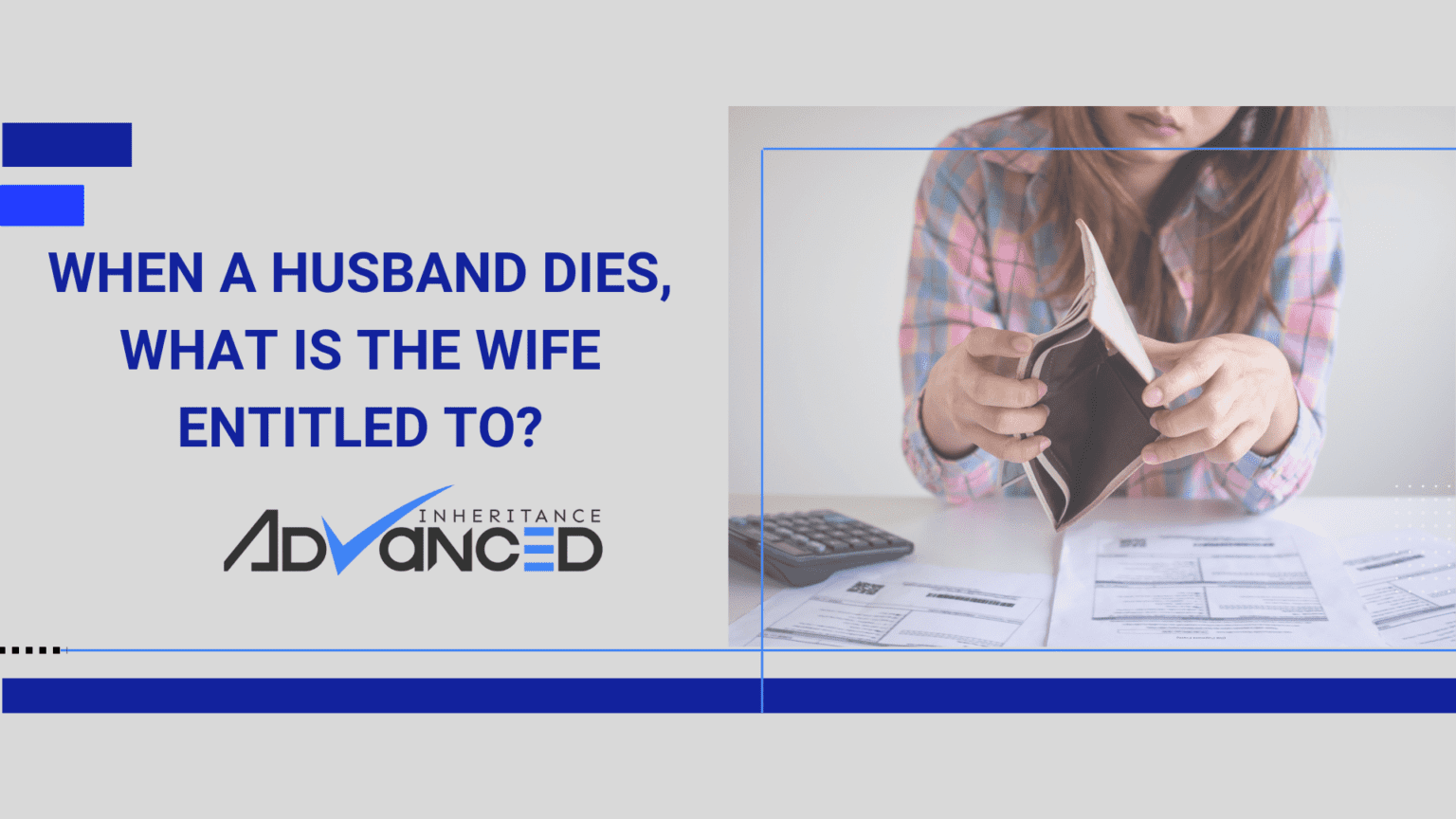What should you do when you first enter probate after losing a loved one?
If you are entering the probate process, you have to petition the court and might now know if you should file a summary or formal probate administration. Probate is the process of administering the estate (property) of a deceased. It can be filed in two forms; as summary or as formal. A probate summary is a condensed form of probate administration and happens much faster than probate administration. It is typically reserved for smaller, more straightforward estates.
Jump To Section
Importance of filing the right type of probate
Probate administration gives the executor or trustee the right to administer the will and share the estate of the deceased on the specified date and to the specified persons.
A will makes it easier for every beneficiary or survivor of the testate to receive a share of the estate according to the decision of the decedent. If the estate has beneficiaries on all of the accounts or only a small amount of assets that need to be probated, many times the estate can go into a probate summary. A probate summary is much easier than going through full probate administration. Filing the probate incorrectly with the court can be both costly and timely.
Probate Summary Vs Probate administration
The difference between a summary administration and a formal administration are:
- A summary administration will only be used when the estate of the decedent doesn’t exceed $75,000 (in most states). In a case where it does, the formal administration is used
- A formal administration begins and ends in the court, in processes spearheaded by the executor. A summary administration involves the beneficiary claiming their inheritance through swearing an affidavit.
- The formal administration is the default for most probates. Summary only comes up if the beneficiary demands it statutorily.
Timeline
The probate process usually takes up to 9 months to 36 (thirty-six) months, within which the executor requests court permission to distribute the estate discharge himself after distribution for a full administration. A probate summary is different and can happen in only a few weeks.
In some cases where there might be a few disagreements, lawsuits, or contested issues, the probate process can go from a few years to decades.
How it works
The probate process involves the distribution of the deceased person’s estate according to their last written will. This process only happens after all accrued taxes and debts have been paid off.
In the will, the deceased person names an executor who administers the estate according to his requirements.
The process begins with the executor gathering all details regarding assets and debts of the deceased, applying for Grant of probate, completing and paying inheritance tax return, repaying all the debts after receiving the Grant (from Court), and finally distributing what’s left of the estate to the named beneficiaries.










